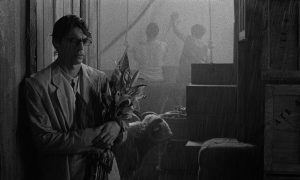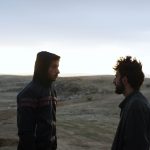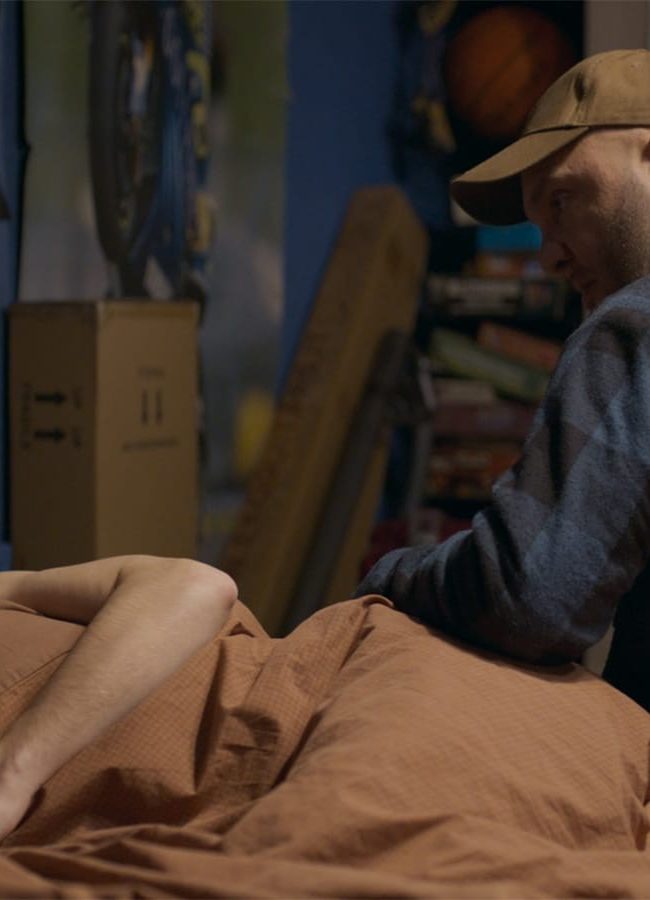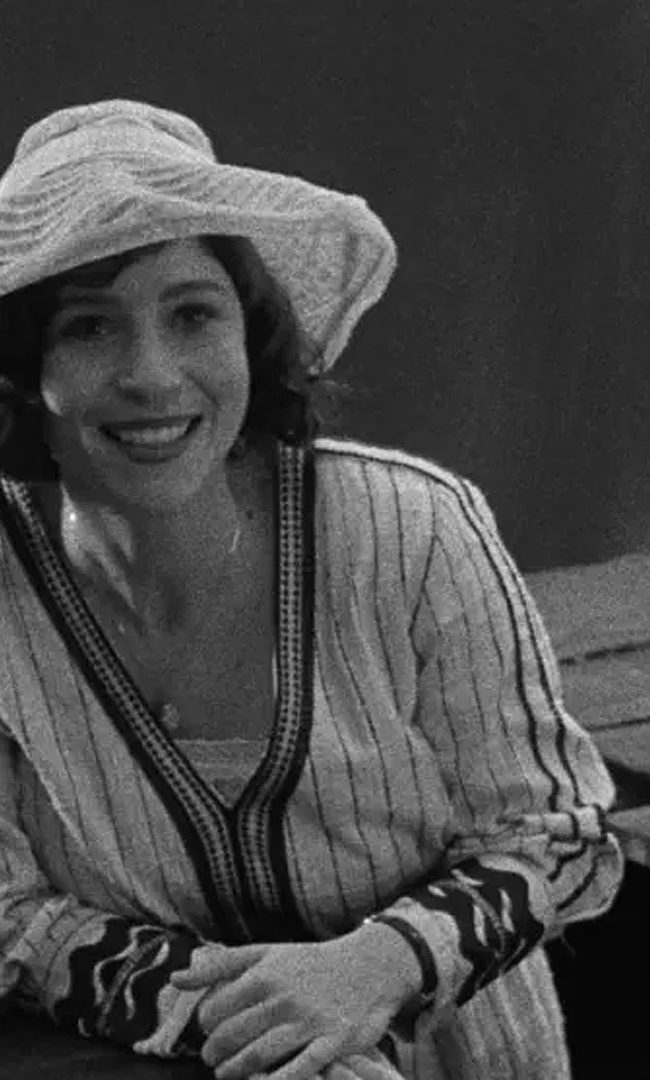A Conversation with Miguel Gomes (GRAND TOUR)

Miguel Gomes has established himself as one of Portugal’s most innovative filmmakers through works that blend documentary and fiction while experimenting with narrative structure. From his debut feature The Face You Deserve (2004) to acclaimed films like Tabu (2012) and the ambitious three-part Arabian Nights (2015), Gomes continues to push cinematic boundaries with his latest offering, Grand Tour, which won him the Best Director award at the 2024 Cannes Film Festival.
Set in 1918, Grand Tour follows Edward, a British civil servant who flees on the day his fiancée Molly arrives in Burma for their wedding. As Edward embarks on a journey across Asia, descending into melancholy, the determined Molly follows his trail. What makes the film particularly distinctive is Gomes’ unconventional production approach – shooting contemporary footage across Asia before writing his script, and combining this documentary material with studio-shot narrative scenes, all captured in luminous 16mm monochrome. The result is a meditation on time, memory, and the relationship between past and present that continues Gomes’ exploration of cinema’s unique capacity to collapse temporal and spatial boundaries.
Hammer to Nail: In your director’s notes, you mention that “Grand Tour” began to take shape on the eve of your wedding after reading Somerset Maugham’s book. How did your personal connection to the story influence your approach to the film?
MIguel Gomes: You know, Jack, just like every filmmaker, I lie a lot. I do not think it was EXACTLY the eve of my wedding, but that is a better story. I was about to get married when I was reading the book. I thought the story was very funny. I shared it with my wife, however, I never thought about making a film out of it. It came back though. It must come back a few times for me to know that I have a film. I tried to do another film called Savagery. I have been trying to do this film for a very long time and hope to do it soon.
HTN: You describe filming the actual grand tour before writing the script. How did this experience-first approach shape the narrative that eventually emerged?
MG: The result of the film is due to that process. I have a problem with the idea of a blank page. The endless possibilities do not work for me. I need to go out and find the constraints, or find the context. Sometimes this comes from me being in the right place at the right time, other times, it’s about me provoking. I like to work in reaction to something I have already built.
HTN: You’ve worked in 16mm monochrome previously in Tabu. What draws you to this particular aesthetic, and what qualities does it bring to Grand Tour?
MG: There was no digital when I started out watching movies. My love for film is connected to film stock. The 16mm I like for monochrome because it’s more grey and you can really feel the experience of the film stock. There was already so much clashing stylistically switching from documentary to in studio shooting, we needed something to hold it all together. Eliminating color and shooting on 16mm made it more homogenous. The one time we brought back the color it did not have any symbolic reason beyond 16mm monochrome looks bad in night scenes so we used colored film stock for some of those moments.

A still from GRAND TOUR
HTN: The pandemic forced you to direct some footage remotely. How did this unexpected constraint affect your creative process and possibly the film’s themes of distance and connection?
MG: It cut down our initial shooting period by 2 weeks. We could not enter China at all. My producer suggested I do the shoot virtually. Me being in Lisbon and a crew I was directing in China. I thought it would never work. I really believe in being there and interacting with the people. Eventually, I was defeated in my convictions. It worked amazingly well I would say. The spontaneous aspect that’s needed in a film like this does not go away. One day the film crew went to lunch and the owner of the restaurant was thrilled when they came in with their cameras. He ran home and came back with his guitar and started singing to us. I told them to bring him to the boat and you can see him in the film. It was still possible to do what I do.
HTN: The film traverses numerous Asian countries and cultures but maintains a cohesive aesthetic. How did you work to honor the specificity of each location while weaving them into a unified cinematic experience?
MG: That was the central problem with the film. That is what I set out to solve. I think the only honest answer is that it was me and a few core people that were on set every day, through the shifting crews in each country, that made it work. We were able to make it coherent.
HTN: In your notes, you reference American screwball comedies of the 30s and 40s. Which specific films or filmmakers from this era were touchstones for Grand Tour?
MG: The main reference was Howard Hawks.
HTN: Would love to talk about my favorite sequence which was the performance of “My Way” in the bar. It is a beautiful moment. Please discuss how it came to be.
MG: Rui Pocas told me a story of when he was in Manilla. He went to this Karaoke bar and outside these guys put a gun to his head and told him to sing “My Way” or else he would die. He went in, got the maximum score on the machine and was spared. I thought this was bullshit, but years later I saw an article about the “My Way” gang having been caught in the Philippines. There was a gang, robbing and killing people, forcing their victims to sing “My Way.” When I got to the Philippines this was on my mind. We went to a karaoke bar one night and I saw this guy singing. I told him, I thought he was good, and I wanted to film him singing “My Way.” He agreed, we did one take, he started crying and that’s what you see in the film.
– Jack Schenker (@YUNGOCUPOTIS)











